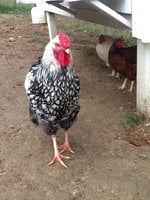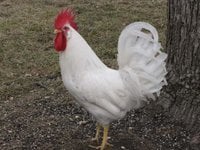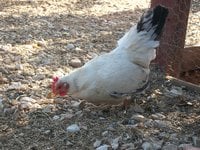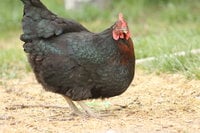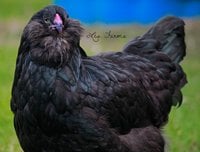These are such a wonderful breed to own. They come in a lot of colors, though few of them are actually accepted. My favorite is the blue-laced red, and my personal opinion is that it's by far the most eye appealing.
They are loose feather breed, so they look incredibly puffy. They have great form, and have a pea comb (making this breed really cold hearty, with addition of its feather type). This bird grows to be a good size (my hens average 6-7 lbs).
All of my birds have been friendly, and at least tolerant of being handled. I have yet to find a rooster that has been aggressive.
This breed lays large brown eggs consistently, and make good meat birds.
If you're looking for a great breed to start out with, or even just to add to your current flock, this is a great breed to try out. They're beautiful to look at, great personalities, and lay lots of big eggs. Just great overall dual purpose birds.
They are loose feather breed, so they look incredibly puffy. They have great form, and have a pea comb (making this breed really cold hearty, with addition of its feather type). This bird grows to be a good size (my hens average 6-7 lbs).
All of my birds have been friendly, and at least tolerant of being handled. I have yet to find a rooster that has been aggressive.
This breed lays large brown eggs consistently, and make good meat birds.
If you're looking for a great breed to start out with, or even just to add to your current flock, this is a great breed to try out. They're beautiful to look at, great personalities, and lay lots of big eggs. Just great overall dual purpose birds.

